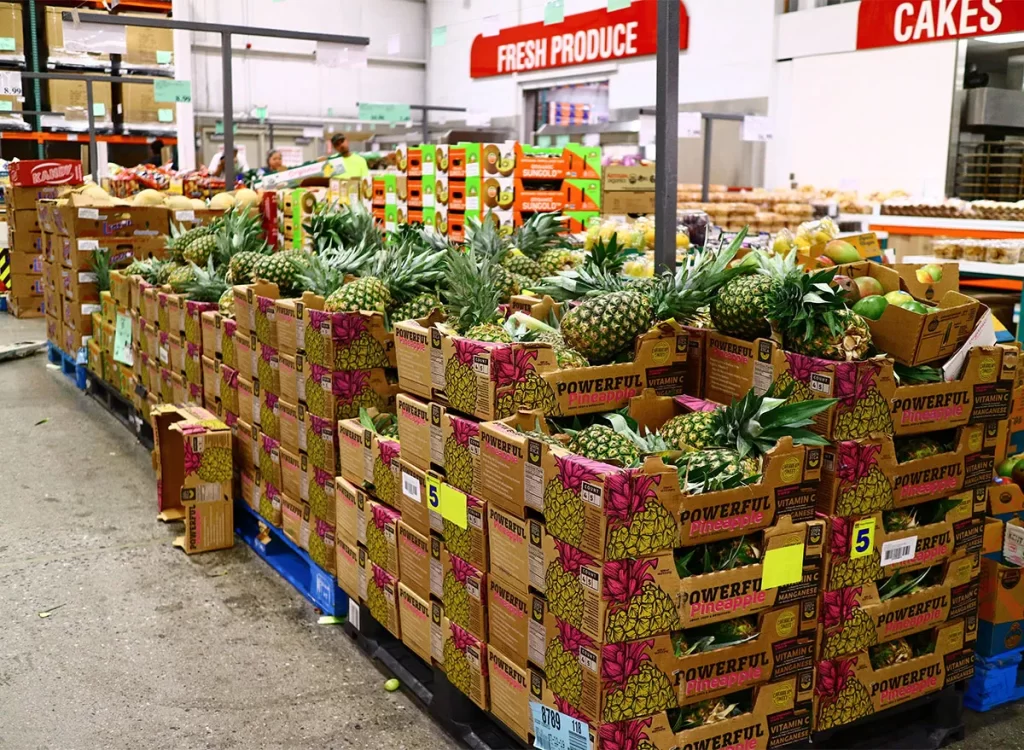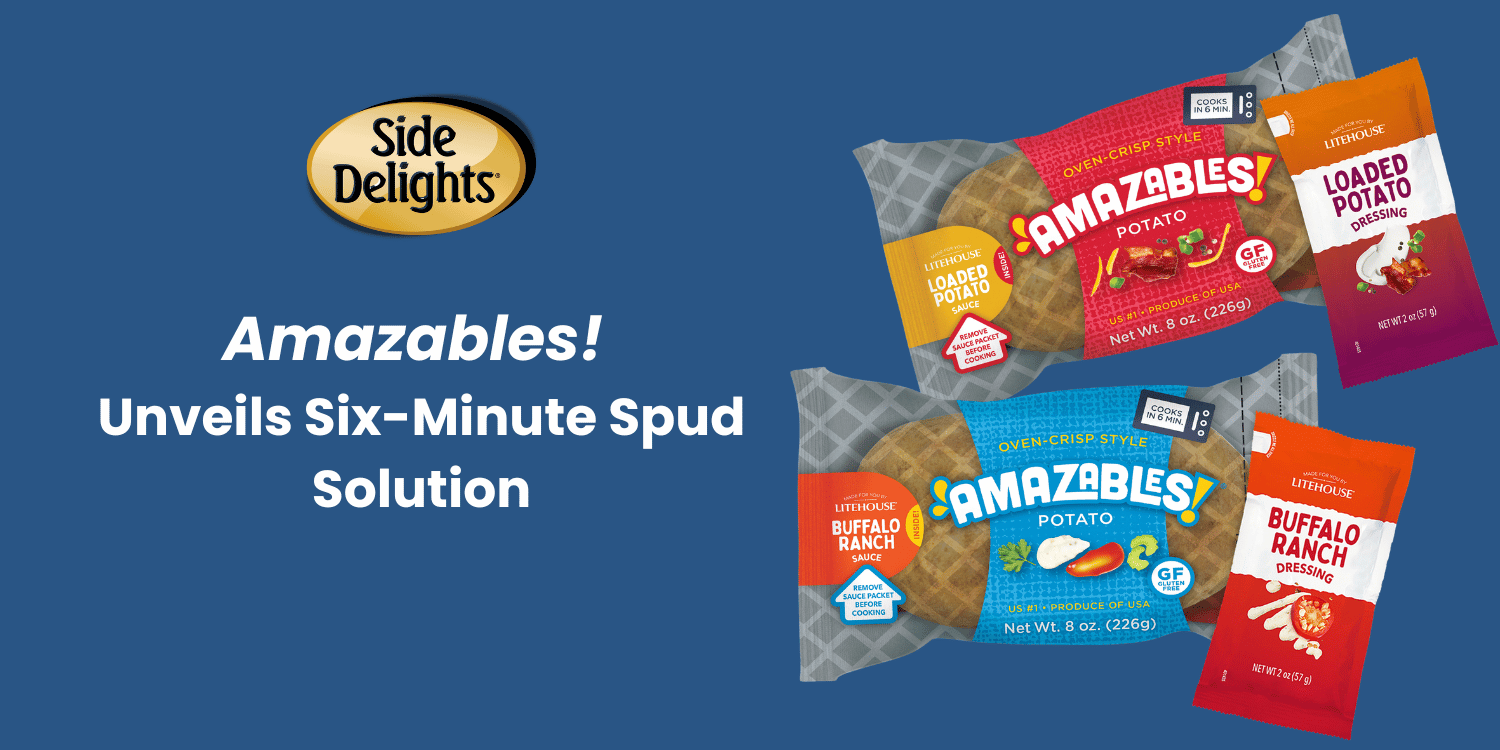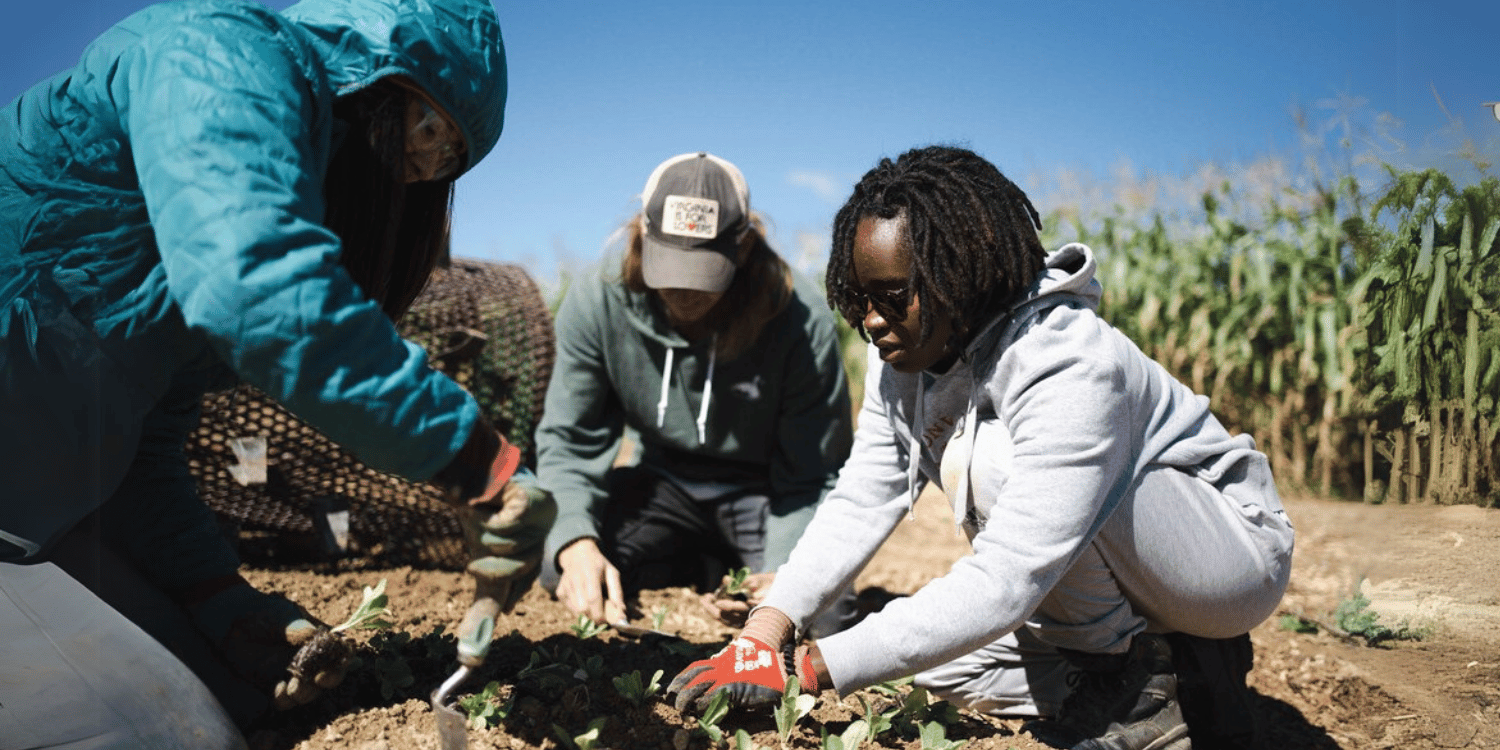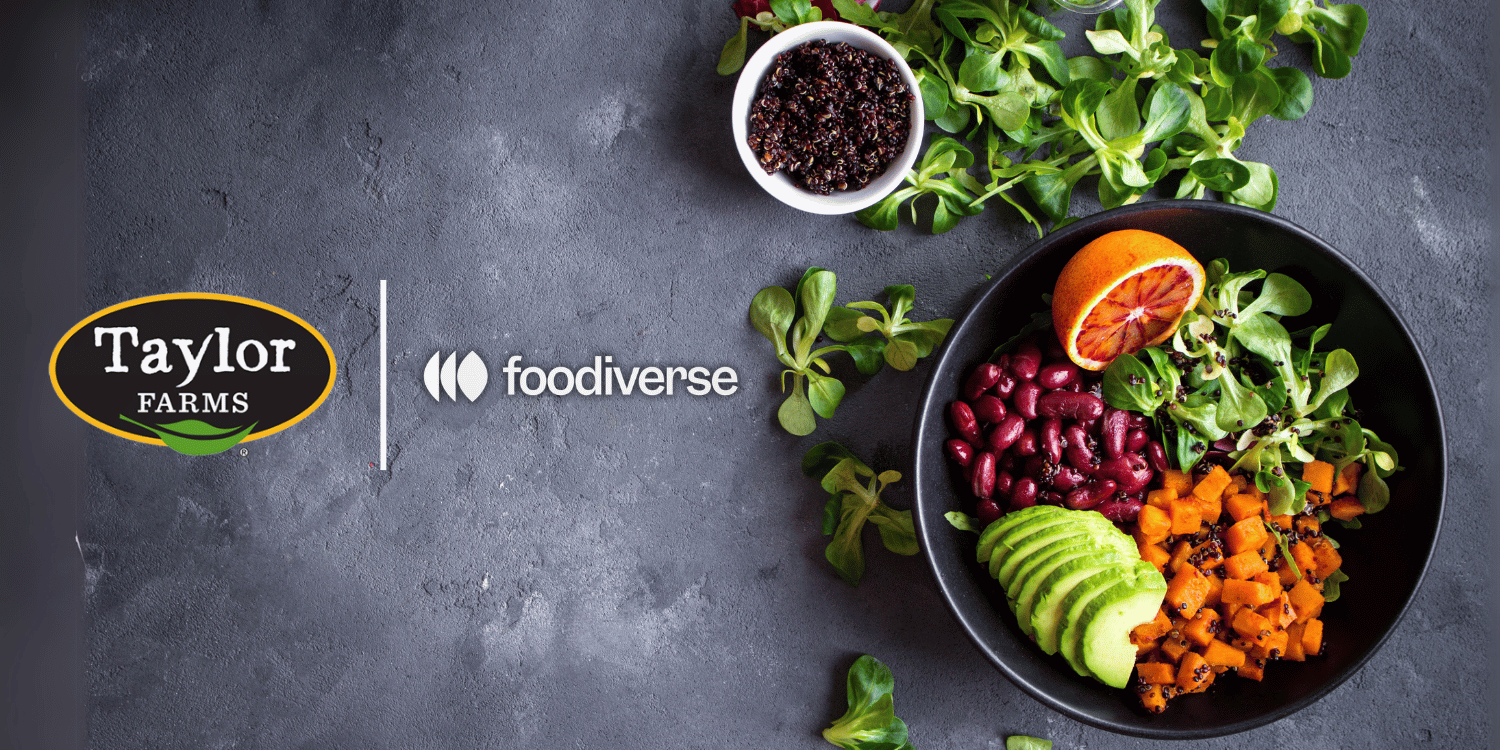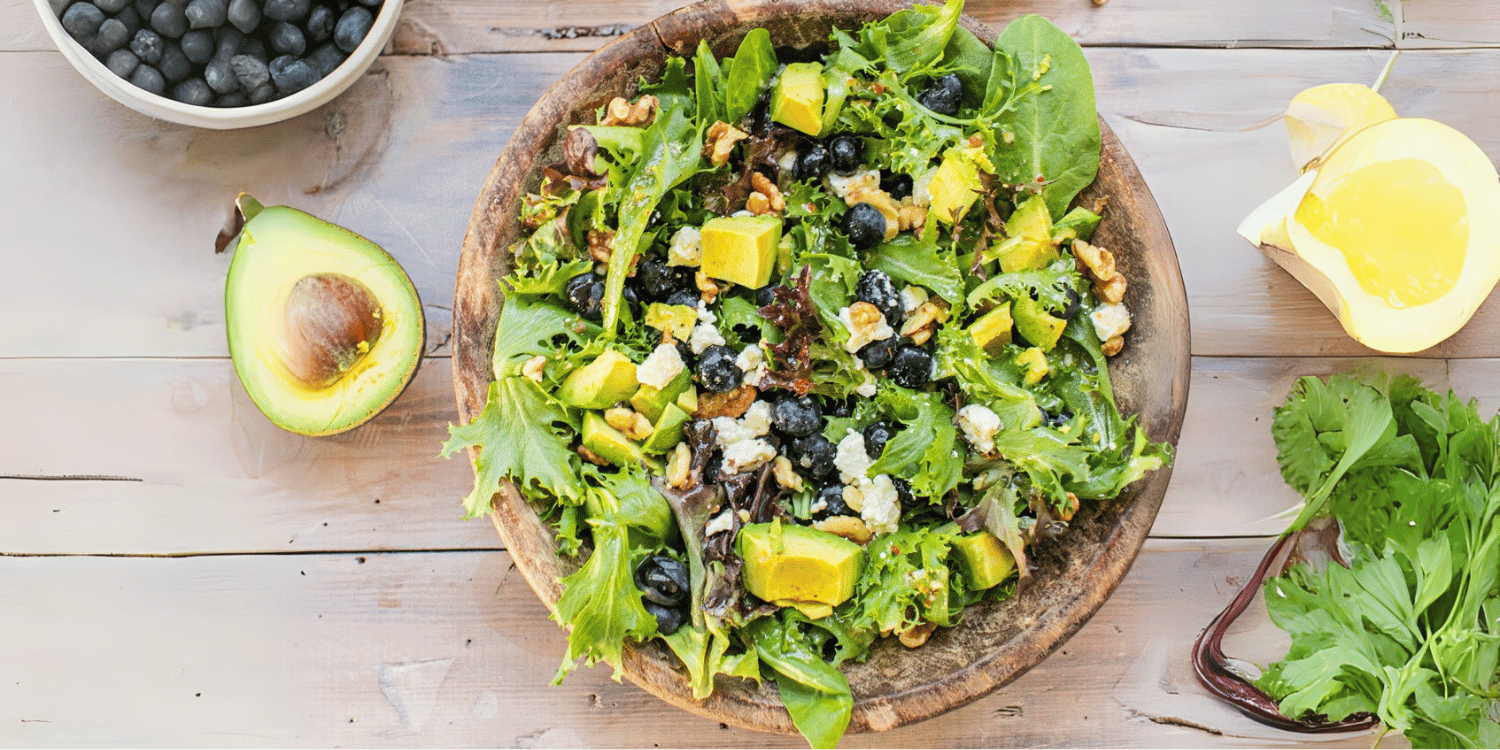As a supplier of fresh produce, getting your products onto the shelves of major, well-renowned retailers is a significant milestone.
Costco, with its high turnover rates and vast client base, represents an advantageous locale for this purpose.
This article is designed to offer guidance and insights in attaining this feat.
The tips provided are based on extensive research and first-hand experiences.
Though the process may be challenging, success can yield substantial financial rewards and expand your market reach.
We seize the opportunity to share our knowledge and experiences, to guide and inspire your endeavors.
- Ensure fresh produce is of premium, top-quality standard.
- Acquire necessary certifications like GAP, HACCP.
- Develop appealing, professional-grade packaging design.
- Show a stable and scalable supply capability.
- Understand and adhere to Costco’s supplier requirements.
Building on what we have already discussed, it is clear that getting your produce into Costco isn’t an overnight process, but rather a well-planned strategy to meet high standards and expectations.
There’s significant value in digging deeper into this topic, as all the factors we’ve covered interconnect to establish a successful relationship with Costco.
In the following sections, we will also explore related key topics such as negotiation strategies with wholesalers, understanding Costco’s unique business model, and case studies of successful supplier partnerships.
We believe that these insights will equip you with the comprehensive knowledge needed to navigate your way into Costco’s supply chain. Let’s continue to understand these valuable strategies and concepts in the coming sections.
Contents
- Tips For Getting Your Fresh Produce Into Costco
- 1. Ensure Top-Quality, Premium Standard Fresh Produce
- 2. Obtain necessary certifications like GAP, HACCP
- 3. Create an Appealing, Professional Packaging Design
- 4. Demonstrate Stable and Scalable Supply Capability
- 5. Generate Positive, Proven Customer Interest
- 6. Research, Understand Costco’s Specific Supplier Requirements
- 7. Establish Competitive, Yet Reasonable Pricing
- 8. Develop a strong sales pitch
- 9. Be prepared for a long-term commitment
- 10. Apply using Costco’s Supplier Registration process
- The Bottom Line
Tips For Getting Your Fresh Produce Into Costco
1. Ensure Top-Quality, Premium Standard Fresh Produce
In Short: To succeed as a Costco supplier, prioritize delivery of high-quality, fresh produce, paying attention to factors such as soil quality, harvesting, and transportation methods. Implement a comprehensive quality control system covering all stages of the produce journey, from seeding to delivery, maintaining Costco’s stringent standards through rigorous practices and regular quality checks.
The driving factor behind any successful supplier and retailer relationship, especially with a buyer as discerning and customer-focused as Costco, is the unvarying delivery of top-quality, premium-standard fresh produce.
As a supplier, maintaining exceptionally high standards of produce should be your topmost priority.
It’s important to remember, the fresh produce aisle in Costco or any major retailer is constantly under scrutiny by knowledgeable and demanding consumers who expect nothing less than the best.
Sourcing the highest quality fruits, vegetables, herbs, and other fresh produce items is therefore critical.
This involves meticulous selection of farm-grown goods, be they organically cultivated or commercially farmed.
Consequently, a detailed understanding of best farming practices and industry trends is necessary to ensure your fresh produce attains top-tier rankings in terms of quality, freshness, and taste.
Some important factors to consider in your quality guarantee process include:
- Soil quality:
The health of the soil where your produce is grown has a significant impact on its overall quality, taste and nutritional value.
- Harvesting :
The manner and timing of harvesting play a crucial role in the freshness and lifetime of your products.
- Storage and transportation:
Proper storage and rapid transportation are decisive in maintaining the freshness and visual appeal of your produce, reducing the risk of damage or spoilage in transit.
To attain, and more importantly, maintain the stringent quality standards demanded by Costco, it is crucial to have a sound and comprehensive quality control system in place.
This system should thoroughly oversee every stage of the produce journey: from initially seeding the ground to when it’s finally delivered to Costco’s warehouses, thereby ensuring that only the best products make it to the retailer.
Furthermore, regular and random quality checks, including physical inspection, nutrient testing, and taste sampling, must be performed to ensure that product quality is consistent and uncompromised at all stages.
Pro Tip: As a supplier, ensure a consistent delivery of top-quality, premium-standard fresh produce by implementing a comprehensive quality control system that oversees every stage, from soil quality and harvesting method, to storage, transportation, and final delivery.
Finally, don’t overlook the importance of training and educating your staff regarding Costco’s quality expectations. Always implement rigorous practices to enforce these top-tier standards across your entire operation.
In summary, the process of ensuring top-quality, premium standard fresh produce for Costco involves a sincere commitment to delivering the absolute best to customers, from the quality of soil used to grow the produce, to the timeliness and efficiency of its delivery.
2. Obtain necessary certifications like GAP, HACCP
In Short: Securing essential certifications like Good Agricultural Practices (GAP) and Hazard Analysis and Critical Control Points (HACCP), are central to selling fresh produce to Costco. These certifications validate quality, safety, and ethical practices, building trust and credibility with retailers, and ensuring consistency in product quality.
The process of getting your fresh produce into Costco is no small feat, and it all begins with ensuring you obtain the essential certifications.
These are not merely pieces of paper or simple procedures you have to go through, but they are an authoritative statement of the quality and safety of your produce.
One of the fundamental certifications needed is Good Agricultural Practices (GAP).
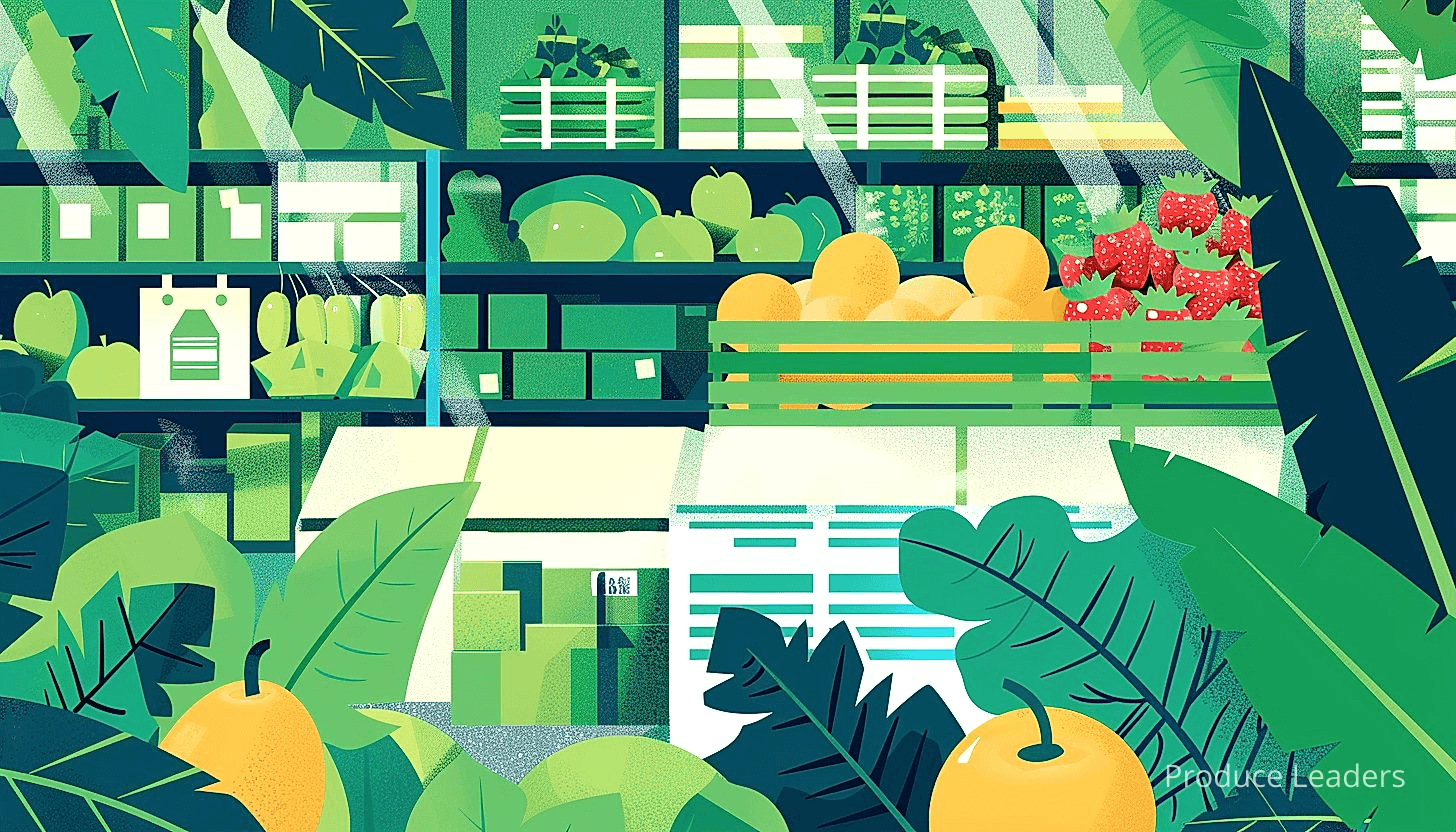
This certification identifies that your farm adheres to recommended methodology and operational procedures in the production, packaging, and storage of your products to reduce the likelihood of food safety hazards.
Getting a GAP certification means your fresh produce has been grown and handled according to specific standardized practices that are recognized by the industry.
It essentially means you are committed to quality, safety, sustainability, and ethical treatment of your workforce.
Another critical certification is the Hazard Analysis and Critical Control Points (HACCP).
A comprehensive, science-based, and systematic approach for the control of food safety hazards, the HACCP certification involves identifying, monitoring, and managing all potential hazards throughout the food production operation.
This certification not only provides a systematic means of assuring food safety, but it also enhances your farm’s reputation for maintaining high standards in food safety management.
With these two critical certifications in place, one can then proceed to gain trust and credibility with Costco.
Keep in mind that obtaining these certifications can be a complex process and involves meeting certain defined criteria, depending on your farm’s size, nature of production, and geographical location. This may include:
- Ensuring that your produce is grown, packed, and handled in accordance with national and international standards for food safety.
- Maintaining neat and clean surroundings at your farm.
- Implementing traceability systems.
- Obtaining audits to ensure compliance with these standards.
- Preparing necessary documentation to demonstrate compliance.
It is only with these certifications in place, that a farmer or a supplier can be confident when approaching Costco or any other major retailer.
Hence, obtaining the necessary certifications is the second critical step in your goal to get your fresh produce into Costco.
It is also important to keep these certifications up-to-date to ensure you consistently meet Costco’s quality and safety requirements.
I want you to remember, consistency in product quality is as crucial as meeting all other Costco’s supplier requirements.
A commitment to quality reflected in your certifications not only gives you an edge among other suppliers, but it is a proven method to pave your way into Costco’s supply chain, contributing towards a lasting business relationship.
3. Create an Appealing, Professional Packaging Design
In Short: To succeed in getting fresh produce into Costco, it’s vital to design appealing, professional packaging that stands out and conveys product quality, uniqueness, and brand values. This requires strategic color use, providing essential information, using eco-friendly materials, understanding the target customer’s preferences, meeting Costco’s packaging standards and meticulously representing Costco’s consumers.
When it comes to successfully getting fresh produce into Costco, creating an appealing, professional packaging design cannot be overlooked.
Since consumers’ purchase decisions often hinge on a product’s aesthetic appeal, it’s crucial to invest time and resources in developing a visually compelling and functional packaging design.
This is especially true in Costco’s setting, where products have to stand out amidst a vast array of alternatives.
Packaging should not only catch the eye, but it also needs to accurately represent the quality of the fresh produce inside.
It’s essential to remember that your packaging is an extension of your brand, communicating your product’s uniqueness and your company’s values.
Below are some specific considerations to keep in mind:
- Colour use: Ensure your package’s colours align with your brand, are eye-catching, and communicate the freshness and quality of your produce.
- Informative: The package should have important information such as produce name, company name, and nutritional content clearly presented.
- Eco-friendly materials: In this era of heightened sustainability awareness, using eco-friendly packaging materials can enhance your brand’s image and attract more conscious consumers.
Your packaging design should also be tailored to appeal to Costco’s consumer demographic.
Understanding your target customers’ tastes, preferences, and buying behaviours will enable you to create a packaging design that resonates with them.
Moreover, Costco, like many retailers, has packaging standards and requirements for suppliers.
These standards are in place to ensure the packaging is suitable for the store’s shelving and display purposes, to communicate a consistent message of quality and integrity across all the products in the store, and to facilitate efficient transportation and storage.
Before designing your packaging, make sure to research and understand Costco’s packaging requirements thoroughly.
Your commitment to meeting and possibly exceeding these requirements can show Costco that you are a serious, capable, and responsible supplier who aligns with their value.
As we all know, creating an appealing, professional packaging design is an essential step in getting your fresh produce into Costco.
It requires thoughtful planning, a clear understanding of your brand and customers, and a commitment to uphold Costco’s packaging standards and requirements.
By creating a compelling packaging design, your fresh produce will not only catch Costco’s attention but also stand out on their shelves, attracting customers and driving sales.
4. Demonstrate Stable and Scalable Supply Capability
In Short: As a fresh produce supplier, demonstrating stable and scalable supply capability, which includes consistent, high-quality supply, is pivotal to be considered by retailers like Costco. To achieve this, maintain a well-structured supply chain, forge strong relationships with distributors and farmers, use modern inventory and forecasting techniques, have contingency plans in place, provide evidence like contracts and letters of commitment, and ensure rigorous quality control.
One of the pivotal factors that retailers like Costco consider during the supplier selection process is your firm’s ability to demonstrate stable and scalable supply capability.
Being a fresh produce supplier, your firm’s ability to maintain a consistent supply, irrespective of seasons and other external factors, forms a critical part of your business competency.
Costco, being a large-scale international retailer, has a high and consistent demand for fresh produce throughout the year.
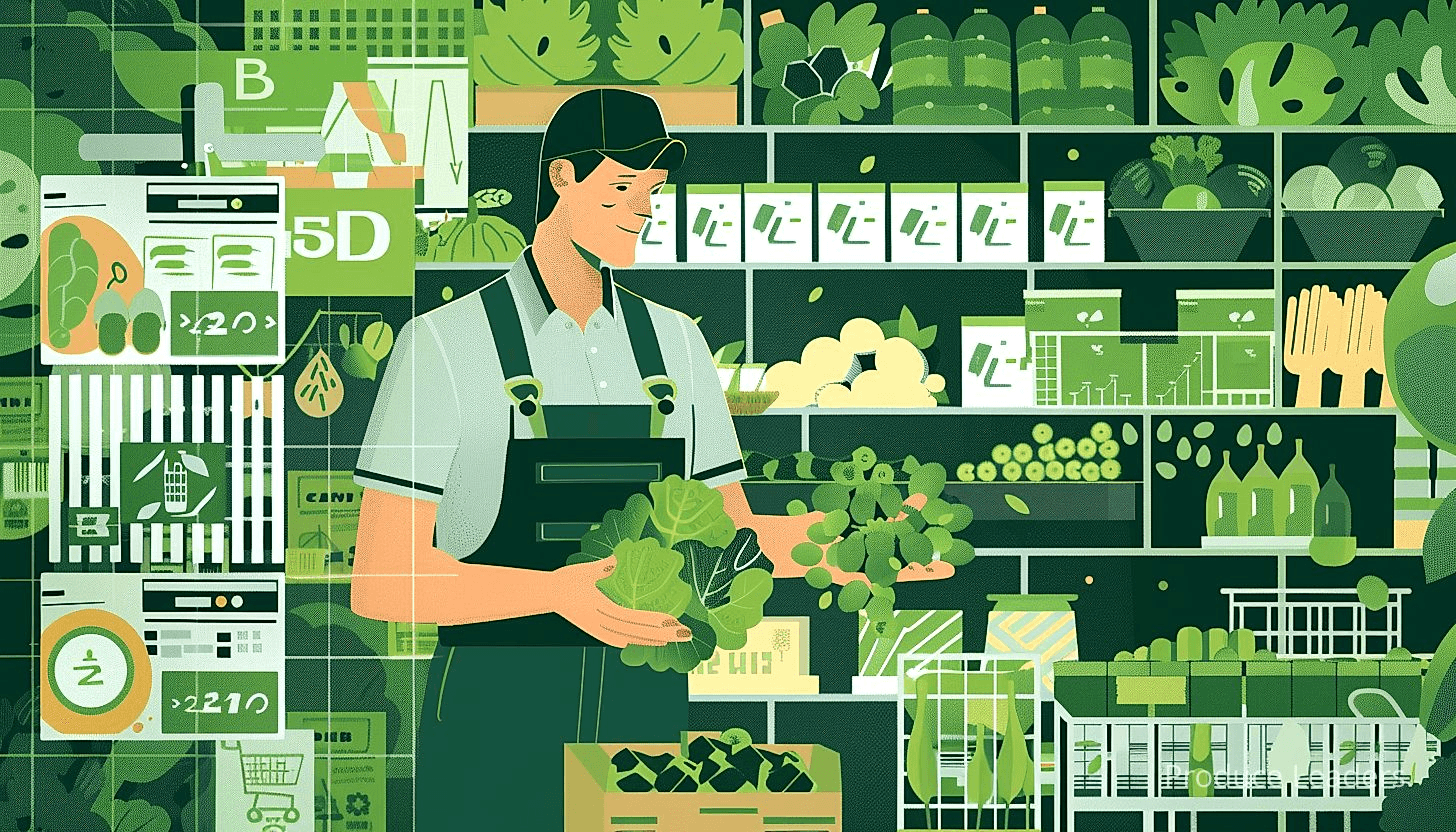
Hence, your firm’s ability to cope with this demand is of utmost importance.
It should be noted that providing your products consistently doesn’t only mean you are capable of supplying voluminous quantities.
It also implies that the quality of fresh produce should not waver and must meet the company’s strict quality control measures at all times.
The question now is: How can your firm demonstrate a stable and scalable supply capability?
Here are a few points you should remember:
- Maintain a well-structured supply chain that can easily adapt to fluctuations in demand.
- Develop strong relationships with your distributors and farmers to ensure a stable supply of raw materials.
- Deploy modern inventory management and forecasting techniques to keep up with the demand and prevent overproduction or underproduction.
- Keep a plan ‘B’ ready. This implies having contingency plans in place to deal with unexpected scenarios.
Demonstrable evidence of your stable and scalable supply could include statistics from your business, showing your ability to adjust supply in response to demand.
Proof of robust contracts with your growers or suppliers, that can ensure a stable supply of raw materials to your firm, can play a important role as well.
Use letters of commitment, executable plans, signed contracts, and other formal declarations as evidence of your supply-chain efficiency.
You also need to show Costco that, apart from maintaining the quantity, your organization can guarantee the uninterrupted delivery of high-quality fresh produce.
Therefore, the inclusion of quality control procedures, inspection reports, and other relevant documents in your proposal could significantly enhance your chances of success.
Important: To successfully become a supplier for large-scale international retailers like Costco, it is crucial for your firm to demonstrate a stable, scalable supply capability through a well-structured supply chain, strong distributor and farmer relationships, modern inventory management, ensuing contingency plans, and providing evidence such as signed contracts, executable plans, and quality control procedures.
Lastly, remember that your approach should reflect a sound and mature understanding of Costco’s demands, your own supply constraints, and how you plan to bridge the gap.
Leverage the above-listed advice to prepare your firm to demonstrate a stable and scalable supply capability, thereby increasing your chances of being accepted as a supplier for Costco.
5. Generate Positive, Proven Customer Interest
In Short: Generating and maintaining positive customer interest is crucial for business success, including gaining entrance to retailers like Costco. Tactics like market surveys, social media campaigns, and cooking demonstrations, backed by proven sales history and testimonials, can substantiate product marketability and appeal, improving chances of becoming a Costco supplier.
In any business venture, garnering positive customer interest and maintaining it, is paramount to success. With fresh produce, it is crucial that the clientele not only shows a prospective interest but also testifies their satisfaction with the product.
Nurturing and augmenting this interest often leads to a sustained customer base that significantly aids in pitching products to potential retailers like Costco.
Not only does it assure them of the marketability of the product, but it also demonstrates its utility, providing confidence in its potential success in a broader market.
A robust sales history, coupled with customer testimonials or reviews, can seriously boost the chances of your fresh produce making its way onto Costco’s shelves.
One of the effective ways to solidify your customer interest and provide substantial evidence of it to Costco is by conducting various market surveys and sharing the positive feedback acquired.
These surveys act as a factual substantiation of your claims about the popularity and demand of your produce in the market, thereby increasing your chances of becoming a Costco supplier.
In addition to market surveys, another way to document and showcase your experience in serving a satisfied and growing customer base is by using social media platforms.
With such wide reach, digital platforms can effectively help you to reach out to a broad audience base, generate positive word-of-mouth and at the same time document your ongoing success with customers to substantiate your pitch to Costco.
Below are a few methods you can employ to demonstrate customer interest:
- Cooking demonstration: Organize events where chefs use your produce to create delicious dishes. This not only displays the versatility of your product but also sparks interest among customers.
- Social Media campaigns: Use various digital platforms to emphasize the quality, freshness, and benefits of your produce to the consumers.
- Customer testimonials and ratings: Positive reviews and high ratings are effective ways to validate your claims about the produce.
Besides, having a track record that verifies accommodating extensive orders and consistently delivering fresh, high-quality produce as per demand, works substantially in your favour.
Pro Tip: To boost the chances of your fresh produce making it onto Costco shelves, generate positive, proven customer interest through methods such as market surveys, social media campaigns, and customer testimonials, and back this up with a solid sales history.
While all these are important measures, it is important to send across a message of genuine respect and focus on the welfare and satisfaction of the customers. Show that you are not merely interested in selling a product, but in improving their experience and providing them with the best the market has to offer.
By doing so, you can convincingly display a positive, proven interest amongst existing customers, and leverage it to take your fresh produce into the aisles of Costco.
6. Research, Understand Costco’s Specific Supplier Requirements
In Short: Understanding Costco’s unique supplier requirements, including packaging, bulk purchasing, quality standards, and ethical sourcing, is critical for those hoping to distribute their fresh produce through the retailer. Prospective suppliers can gain a competitive edge by deeply investigating these criteria and aligning their business practices to match Costco’s philosophy.
When seeking to distribute your fresh produce at Costco, it is of utmost importance to do extensive research and gain a thorough understanding of their specific supplier requirements. Costco has a reputation for being extraordinarily selective about its suppliers, which implies the stringent nature of their criteria.
This is especially important because every retailer has its own unique set of requirements and Costco is no exception. Their distinct needs can range from packaging requirements to ethical sourcing considerations.
One key area to focus on when researching supplier requirements is understanding Costco’s approach to bulk purchasing. Costco’s core business strategy revolves around selling products in high volume. This requires suppliers to be able to meet large order quantities consistently.
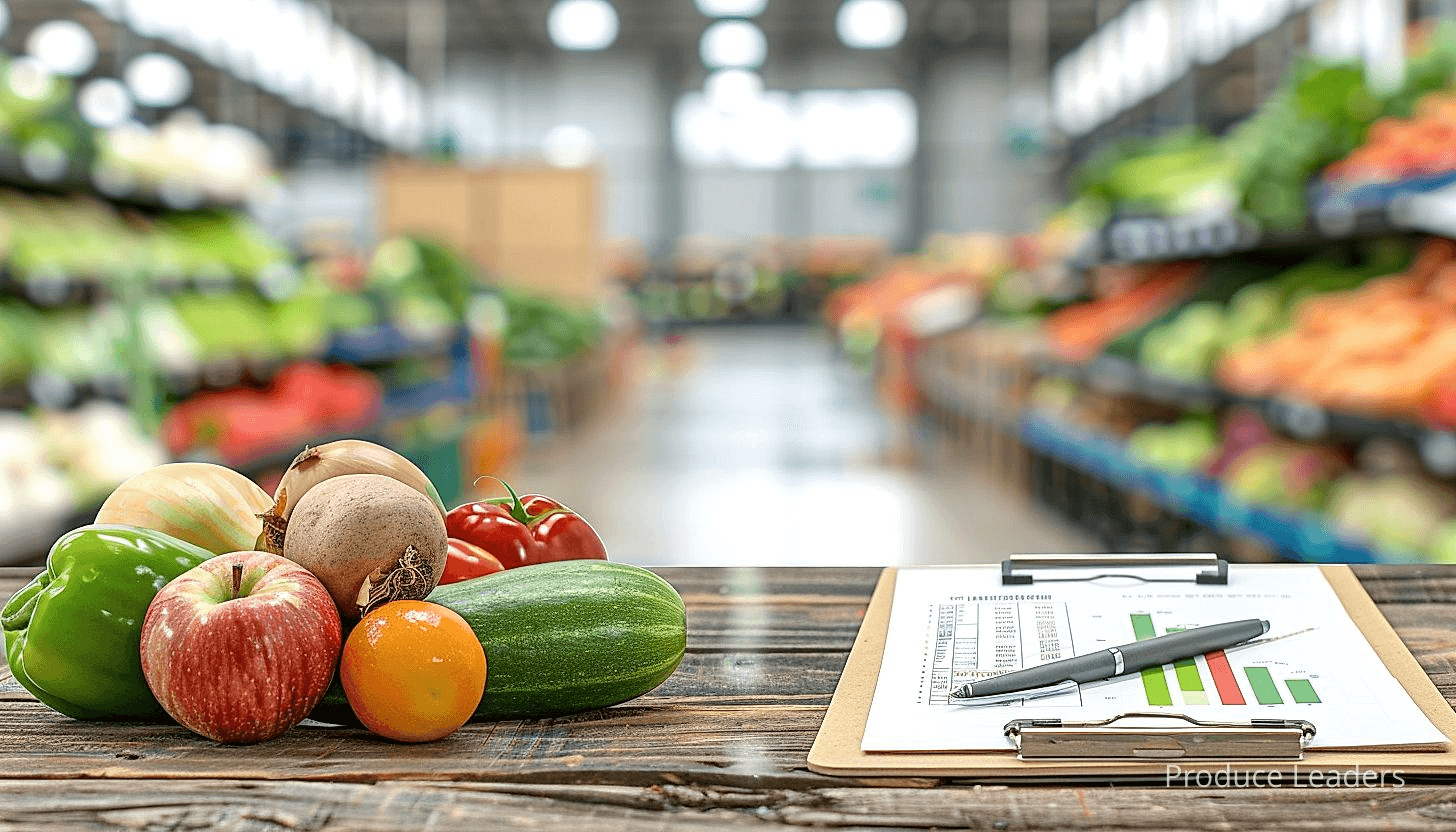
Next, you must be aware of Costco’s commitment to quality. They have a reputation for offering high-quality products to their customers. Hence, as a prospective supplier, you must be prepared to meet their standards relative to freshness, shelf life, and overall quality.
Presenting the important aspects to dig in into during your research, below is a list which can be a helpful guide:
- Ethical sourcing: Costco is committed to ethical sourcing. Understanding what this entails would throw light on what they would expect from you as a supplier.
- Quality requirements: As already mentioned, Costco has high standards when it comes to the quality of products they carry. Familiarizing yourself with these demands should be a top priority.
- Packaging needs: Costco’s warehouses have specific product packaging needs that suppliers must conform to. Knowing these needs can help you plan your packaging design and materials.
- Supplier audits: Costco conducts regular audits of their suppliers. Understanding the audit process can give you a heads up on what to expect and tips to stay compliant.
- Costco’s return policy: Costco has a very generous return policy. Understanding this can give you insights into their customer service philosophy and what would be expected of you.
Apart from this, it is also useful to understand Costco’s general business philosophy. From their focus on simplicity and cost reduction to their emphasis on ethical sourcing and sustainability, understanding these core values can help potential suppliers align their approaches better.
Diving into the specifics of Costco’s supplier rules and regulations, one may begin to realize the level of commitment required in becoming a Costco supplier. The good news is that by understanding these requirements, you are essentially giving your business a competitive edge.
Costco provides a detailed Supplier Code of Conduct document which every supplier should study thoroughly. This document mainly outlines their policies regarding ethics, labor laws, and environmental standards. Being familiar with these standards can greatly increase your chances of getting your fresh produce into Costco.
Doing this deep dive into Costco’s specific supplier requirements is no easy task. However, it is a necessary step if you are sincere about getting your fresh product on Costco’s shelves. It is essential to not just skim the surface, but to invest time in immersing yourself in these policies and strategies.
As we all know, while the process may seem daunting at first, having this level of detail at your fingertips is powerful. It prepares you to navigate any obstacles that may arise and puts you in a stronger position to become a Costco supplier.
7. Establish Competitive, Yet Reasonable Pricing
In Short: Establishing competitive, reasonable pricing grounded in quality and thorough market research is crucial in retailing fresh produce with Costco. The right price must cover costs, align with Costco’s strategy, and keep up with market changes for optimal profitability and appeal.
To successfully get your fresh produce into Costco, one of the decisive factors is to establish competitive, yet reasonable pricing. Let me tell you, how do you go about this? It’s not as simple as slapping a random price on your products. Here, I will discus strategies on how you can determine a competitive pricing structure for your fresh produce that is appealing to Costco and your potential customers.
First and foremost, when determining your price, consider the quality of your goods. Are your fruits and vegetables stand-out fresh, superior to similar goods in the market, or just average? The quality of your produce directly affects the price you can ask for them. Superior quality justifies a slightly higher price, while average goods demand average prices.
Thorough market research will provide valuable insights for your pricing. Check out the competition. Compare your products with similar ones and observe the range of prices. This will give you an idea of what the market will bear and where your product could fit in.
Let’s list down some key factors to consider when doing your market research:
- Consider the retail prices of similar products already in Costco.
- Recognize the prices of your closest competitors.
- Analyze the pricing strategy of other successful fresh produce suppliers.
The price you set must not only compete well with other fresh produce in the same category but also cover your costs. Make sure you factor in every cost involved in producing, packaging, marketing, and delivering your fresh produce to Costco warehouses.
Additionally, you must understand Costco’s approach to pricing. It’s important to note that Costco is known for providing high-quality products at competitive prices for its members. That doesn’t mean the cheapest prices, but your price must offer excellent value for money.
You also need to take into account that Costco operates on narrow margins. Therefore, your price should leave room for Costco to add its markup and still offer a reasonable selling price.
Every penny counts in retail, so how you price your goods can make or break your chance of getting your produce into Costco. Your product’s price must align with Costco’s pricing strategy and at the same time be profitable for you.
Bear in mind, you are not only competing with other suppliers but also with Costco’s private label, Kirkland. You don’t want to price yourself out of the running by being too expensive, but you also don’t want to undersell your goods. It’s a delicate balance to strike.
Important: To successfully get your fresh produce into Costco, a key factor is to establish competitive, yet reasonable pricing, which must align with Costco’s pricing strategy, cover your costs, and offer excellent value for money, while also taking into account that Costco operates on narrow margins.
Lastly, the most important part of the pricing process is to treat it as an ongoing strategy, not a one-time decision. As the market changes, it’s important for suppliers to regularly review and adjust their prices when necessary. Prices can always be fine-tuned based on sales data, competitive activity, and market trends.
Establishing competitive, yet reasonable pricing for your produce is a complex and detailed process. However, it is undeniably critical to get your foot in the door at Costco. By addressing the different aspects we’ve discussed, you can develop a pricing strategy that meets both your commercial needs and appeals to Costco’s buying team.
8. Develop a strong sales pitch
In Short: A persuasive sales pitch is crucial for gaining shelf space at Costco, not just listing product attributes but demonstrating superiority, mirroring Costco’s quality commitment, and creating an emotional connection. Key aspects of a compelling sales pitch include a consistent supply, proof of quality, proven customer interest and competitive pricing, along with a concise but comprehensive approach that anticipates Costco buyers’ concerns.
The importance of a strong sales pitch cannot be overstated when vying for shelf space at Costco.
This isn’t simply about listing the attributes of your product; rather, it’s more about demonstrating why your fresh produce is superior to other options available on the market.
Relaying the story behind your brand, and how it mirrors Costco’s commitment to quality and value, can be the decisive factor in the decision-making process.
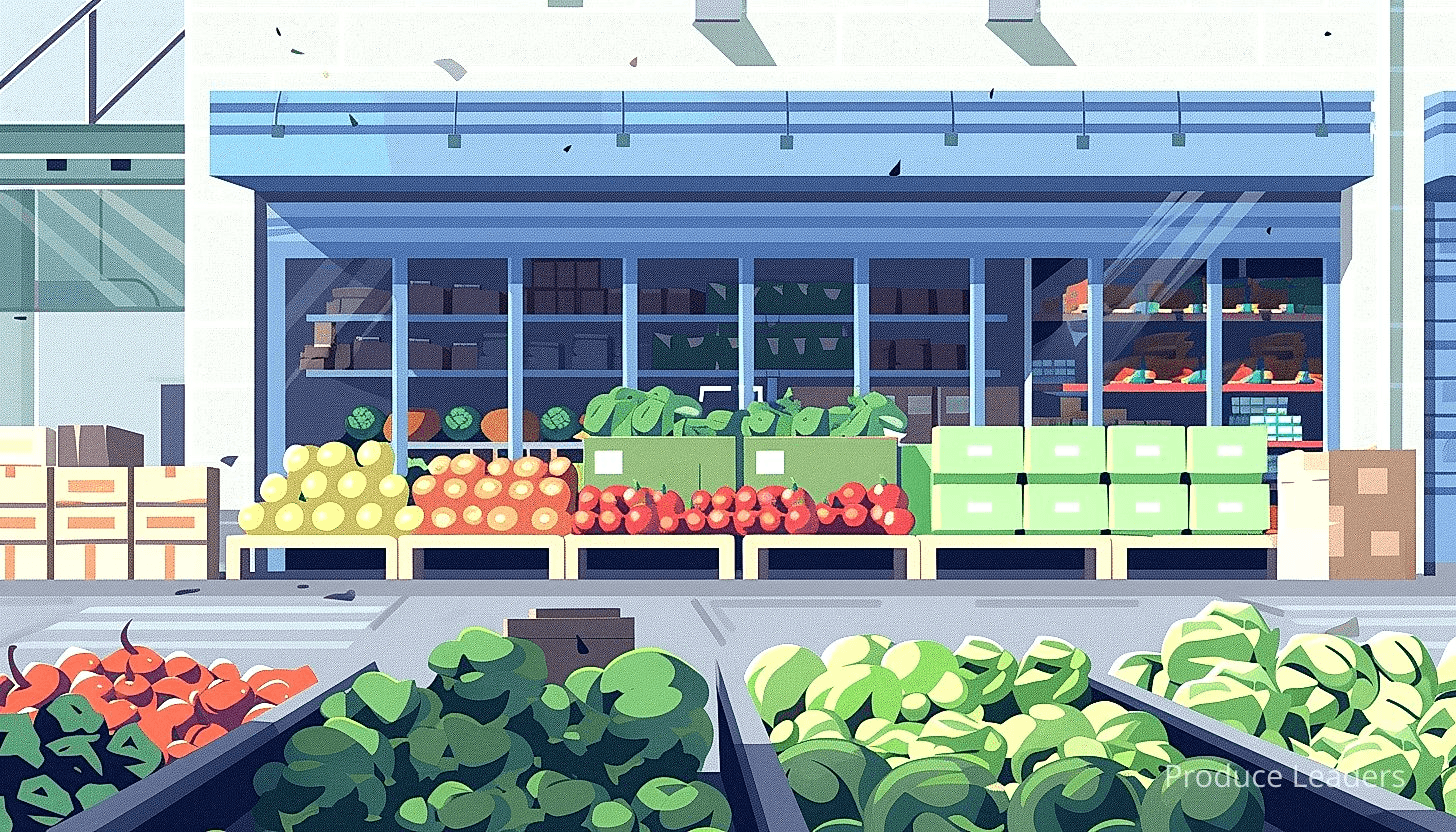
Your sales pitch is your opportunity to craft a narrative that differentiates your brand and creates an emotional connection with potential buyers.
Highlighting how your fresh produce contributes to overall customer experience is a key part of this.
Now, let’s discuss some essentials that can make your sales pitch exceptionally compelling.
- Constant supply : Ensuring that you can maintain a constant supply is crucial.
- Quality guarantee : Having proofs of quality, such as GAP or HACCP certifications, can significantly strengthen your pitch.
- Customer demand : Providing evidence of proven customer interest adds credibility to your proposal.
- Competitive pricing : Offering a quality product at a reasonable price is something Costco pays great attention to.
Your pitch should be concise but comprehensive, making sure to touch on all the points that are important to Costco.
Keep in mind, this is not about selling your product to customers but selling it to Costco buyers, who have their own specific concerns and criteria to consider.
You should be able to anticipate some of these concerns and proactively address them in your pitch.
For instance, if you are a small farm, express your robust plan for scalability should the demand for your fresh produce increases.
Include data and realistic projections where possible to give credibility to your claims.
You must approach this strategically, understanding that it’s a long-term commitment, not just a one-time transaction.
With a well-crafted, powerful sales pitch, you can effectively highlight the distinctive value that your fresh produce would bring to Costco’s customers and to Costco itself.
9. Be prepared for a long-term commitment
In Short: Getting your fresh produce into Costco requires a long-term commitment, focusing on consistent high-quality products and a reliable supply chain. Key aspects to concentrate on include maintaining optimal product quality, developing a robust supply chain, and investing in strong customer relationships.
To successfully navigate the process of getting your fresh produce into Costco, it is critical to understand that this is not a short-term goal.
It requires dedication, time and a long-term commitment.
This long-term perspective involves not just maintaining product quality, but also dealing with all other aspects such as supply chain, demo presentations, consumer feedback and regulatory compliances.
Being prepared for a long-term commitment means that you are ready to construct and maintain a fruitful relationship with Costco.
To form such a relationship, providers need to understand that Costco’s operational philosophy is built upon a consistent supply of high-quality products at the best possible prices.
This philosophy means that the retail giant prefers dealing with suppliers who showcase consistency in the quality of their goods and the reliability of their supply.
Ensuring continuous quality and supply, however, does not happen overnight. It needs careful planning, diligent implementation, and most importantly, time. Hence, the need for a long-term commitment.
While approaching the idea of a long-term commitment, there are few key aspects you can concentrate on:
- Developing a robust and reliable supply chain
- Maintaining optimal product quality
- Investing in strong customer relationships
Having a robust supply chain is invaluable. Through this, you can help ensure that your brand can consistently supply products, even in high-demand situations.
Next, quality is king. It is essential for a supplier to maintain the optimal quality of their fresh produce at all times. Don’t forget, customers associate your brand with the quality of your produce, which followingly influences their purchasing decisions.
Lastly, pay attention to your customers. Yes, Costco is your buyer, but ultimately it’s the end consumers who determine your product’s success in the marketplace. Regular interaction with your customers and taking their feedback to improve your products and processes is a crucial step towards securing and maintaining a long-term presence in Costco.
In sum, it’s important to reiterate that bringing your fresh produce to the Costco marketplace means being prepared for a significant, long-term commitment.
However, with careful planning, steady dedication, and foresight into market trends and customer needs – you can successfully establish your fresh produce in one of the world’s largest retail platforms.
And that’s certainly a commitment worth pursuing.
10. Apply using Costco’s Supplier Registration process
In Short: The Costco Supplier Registration process is a detailed and exacting step into becoming a supplier. Completing the process successfully involves careful preparation, ensuring your products align with Costco’s standards, and demonstrating commitment to a long-term relationship with the retailer.
Costco’s Supplier Registration process is the final step to getting your fresh produce into their stores.
The process is intricate and highly specific, designed to ensure only the most qualified and dedicated suppliers can supply the retail giant.
This is why it’s crucial to familiarize yourself with every detail of the registration process to maximize your chances of successfully becoming a Costco supplier.
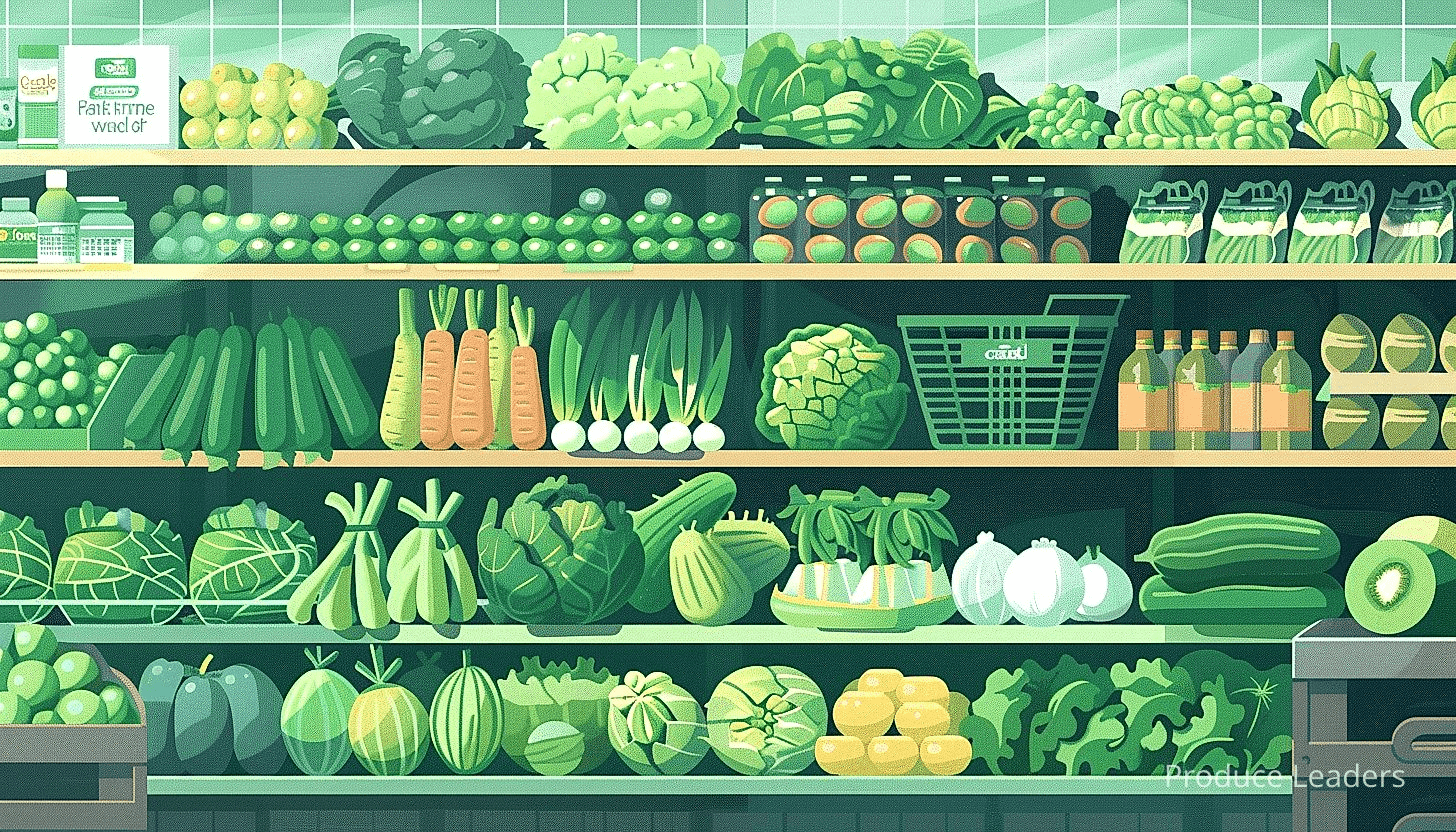
Preparation is king; ensure all necessary documents are intact, your fresh produce matches Costco’s stringent standards, business and contact information are accurate, and all certifications or licenses required by Costco are valid.
Through their Supplier Diversity program, Costco encourages minority and women-owned businesses to participate in the registration process.
Now, let’s dig in into the different aspects that you need to cover during the Costco Supplier Registration process:
- You’ll need to create a supplier account on Costco’s Supplier Registration platform.
- Fill-out the Supplier Registration form accurately, providing a detailed description of your products, your business, and personnel information.
- You have to attach all relevant certification and license documents as required by Costco.
- You should devise a comprehensive proposal which indicates how your fresh produce aligns with Costco’s values, quality limits and strategic goals.
- Lastly, you’ll have to submit your registration form and wait for a reply from Costco’s Vendor Selection team.
Whilst the Costco Supplier Registration process is detailed and time-consuming, it’s essential to remember the potential gains. Costco has a mammoth customer base of over 90 million members, which provides a fantastic opportunity to grow your business and boost sales.
Don’t be discouraged if Costco doesn’t respond instantly or doesn’t accept your proposal initially. The retail giant receives thousands of applications, and selection tends to be quite competitive.
It’s key to continue working on improving your fresh produce quality, certifications, and overall business strategy. Being persistent and patient will increase your chances in the long run.
Pro Tip: To increase your chances of becoming a Costco supplier, ensure that you meticulously prepare all documents, align your products with Costco’s standards, and patiently persist with improving your product quality, despite the competitive and detailed supplier registration process.
Keep in mind that Costco values long-term commitment; so, it’s really about building a relationship rather than conducting a simple transaction. Costco’s requirements may be high, but the rewards are just as high if not higher.
Getting your fresh produce into Costco isn’t an easy feat, but with the right amount of perseverance, preparation, and premium-quality products, it’s absolutely possible to become a valued supplier in Costco’s eyes.
The Bottom Line
Establishing a presence in retailers like Costco requires comprehensive planning, meticulous preparation, a commitment to quality, and knowledge of Costco’s specific requirements.
Presenting a unique and value-driven product, providing evidence of seller’s capacity, being flexible, and showing long-term commitment are crucial.
Costco’s business model focuses on offering high-quality products at lower prices, and your produce should align with this ideal.
Beyond these, forging solid relationships with the Costco buying team can enhance the chances of success.
Overall, the journey to getting your produce into Costco may be arduous, but by adhering to these strategies, the process would become significantly smoother and the probability of success greatly increased.

